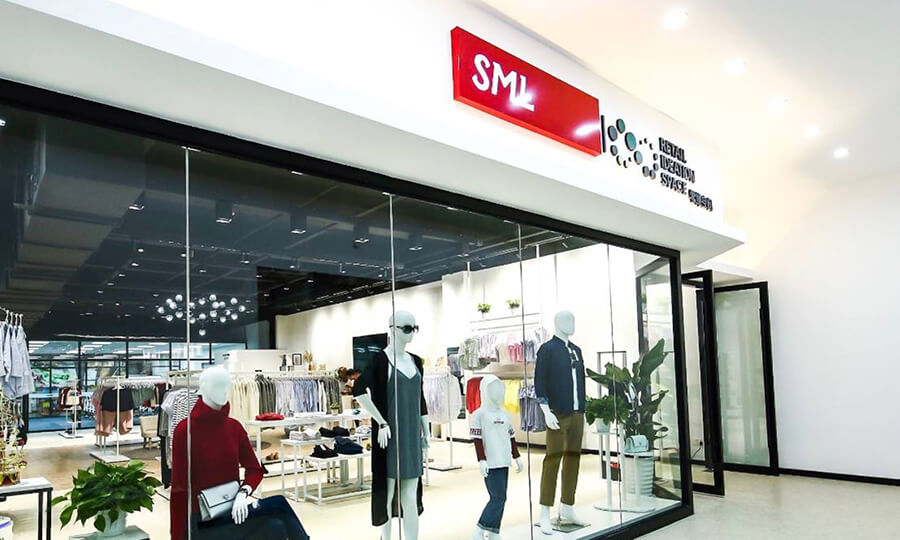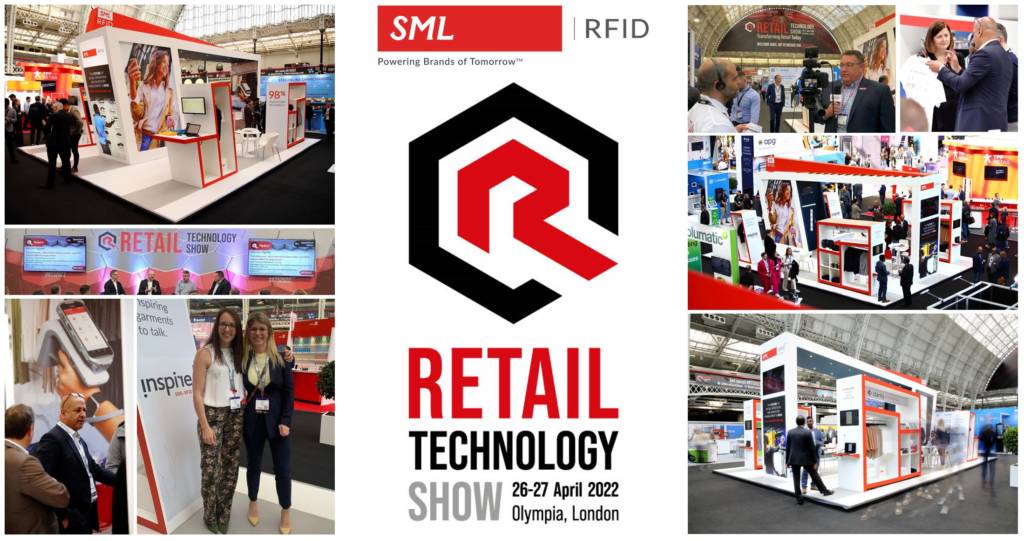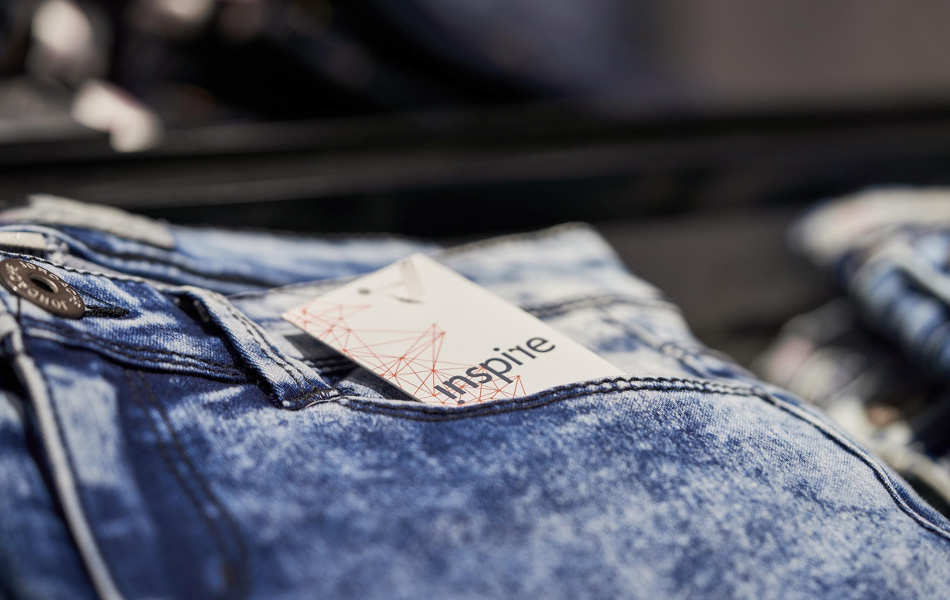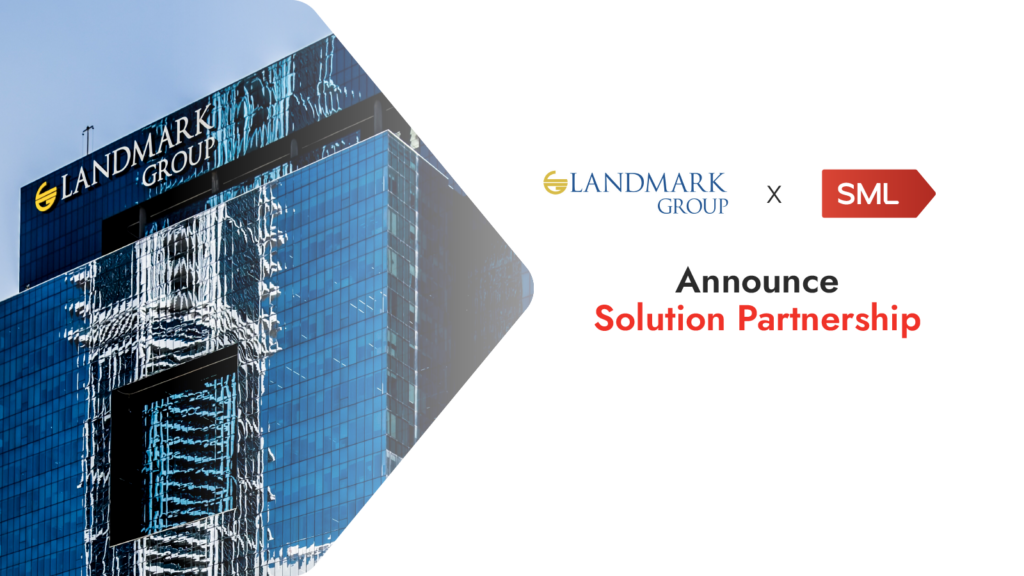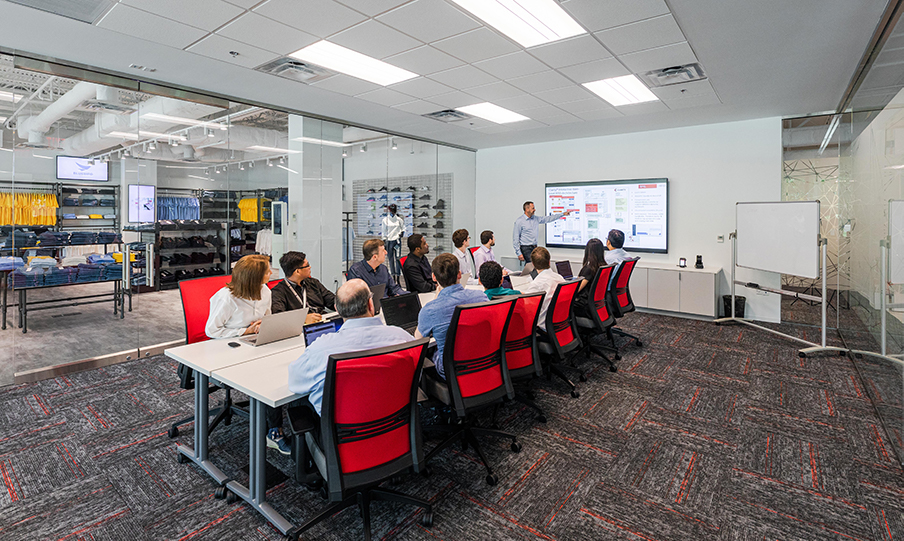Item-level RFID Technology is Revolutionizing the Retail Sector: A Case Study with SML
Originally published on www.scmp.com
In the current era of retailing, consumer and operational efficiency expectations are radically changing. Retailers and brand owners are actively exploring digital transformation opportunities for their supply chains and stores, and are asking important questions. What to invest in next, and how much?
Many retailers are turning to digital identification technology as the answer, and among them, radio frequency identification (RFID) is proving to be among the most effective.
One company succeeding in this area is SML, a global leading RFID and labeling solutions provider founded in Hong Kong in 1985. Today, SML operates in more than 20 countries with over 4,500 employees. SML has invested considerably into RFID technology in the past years. “We are seeing a new era of retail emerging, so in the last 10 years we have heavily invested into RFID,” says Ignatius K.C. Lau, CEO of SML. “At present, only about one-fifth of the retailers and brand owners (RBOs) have deployed RFID, suggesting great potential for growth.”

The case for RFID: How much does it actually help?
RFID technology has become popular because it enhances operational efficiency, reduces costs, and improves sales performance by dramatically improving on-shelf availability. By increasing inventory accuracy to 93-99% while adapting to existing enterprise systems, retailers are now able to replenish shelves and fulfil on-line orders more accurately.
Compared to many other forms of identification, RFID stores large amounts of data, does not require line of sight, and can read hundreds of tags every second (>20x faster than barcodes). It can also read contents of unopened boxes, support advanced anticounterfeiting, and provide accurate real-time data despite tough environments (e.g. extreme temperatures, rough handling). This allows associates in the stores to spend more time serving customers, while also allowing retailers to get better visibility within their factories and distribution centers to improve efficiency and shipment compliance.
SML has sold over 2.3 billion RFID tags in 2020 and deployed its proprietary software Clarity® to more than 5,500 stores – primarily in apparel and footwear. According to global consultancy Frost & Sullivan, SML has become the world’s second-largest provider of RFID tags and the number one RFID software provider.
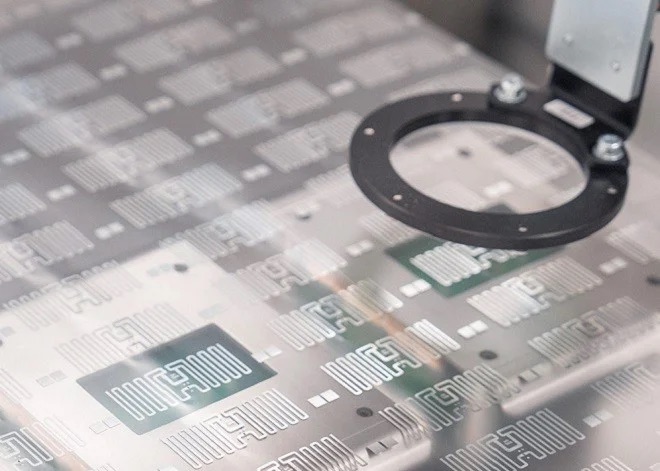
RFID Wireless IOT Search reported that one of SML’s clients, Nordic-based sporting goods retailer Stadium, implemented SML’s item-level RFID technology across its 180 stores at the end of 2021. Stadium reached a 70–99% inventory accuracy level and saw significant increases in sales across all product lines.
Dean Frew, Chief Technology Officer and Senior Vice President of RFID Solutions at SML, explains: “Real-time inventory accuracy is crucial for retailers like Stadium who sell both offline and online. Without it, they risk rejecting or cancelling online orders due to lack of stock uncertainty”.
While large retailers tend to be early adopters, SML has retail customers that range from a few stores to numerous with over 1,000. RFID’s automation of inventory management improves efficiency for businesses of all scales.
How is this sector trending?
Frost & Sullivan projects the global apparel and footwear RFID tags market to reach approximately US$13.4 billion by 2025 with a CAGR (compound annual growth rate) of about 17% between 2020 and 2025. The technology also has potential beyond the apparel and footwear sector, with many of SML’s clients seeing success with RFID in fragrances, sporting goods, home goods, and more. Outside retail, the food sector has looked promising as more companies turn to RFID technology to tackle the billion-dollar food waste problem.
“Countries around the world are updating regulations to address food waste. It’s a complicated problem, but I believe RFID technology can help mitigate it. For example, RFID technology can identify specific parts of the food supply chain that can be removed from a store at any given time, making it easier to apply a first-in, first-out principle to inventory management,” said Frew.

How should companies respond to these trends?
As the retail landscape continues to evolve and market trends shift, RFID technology – which improves the core component of retail, inventory – is poised to remain a powerful tool for providing customers with faster and better service.
Notably, SML has differentiated itself by developing holistic solutions that address retailers’ needs more comprehensively. This includes its complementary Clarity® enterprise software suite, which integrates inventory management, logistics, and customer journey management with RFID all in one platform.
In Hong Kong, SML has established a RFID Technology Innovation & Development Center (TIDC) to recruit global talent and support the growth of Hong Kong’s technology sector. SML has also launched three Retail Ideation Spaces and one Supply Chain Innovation Center (SCIC) in its facilities in the US, UK, and China to showcase its technology to retailers.
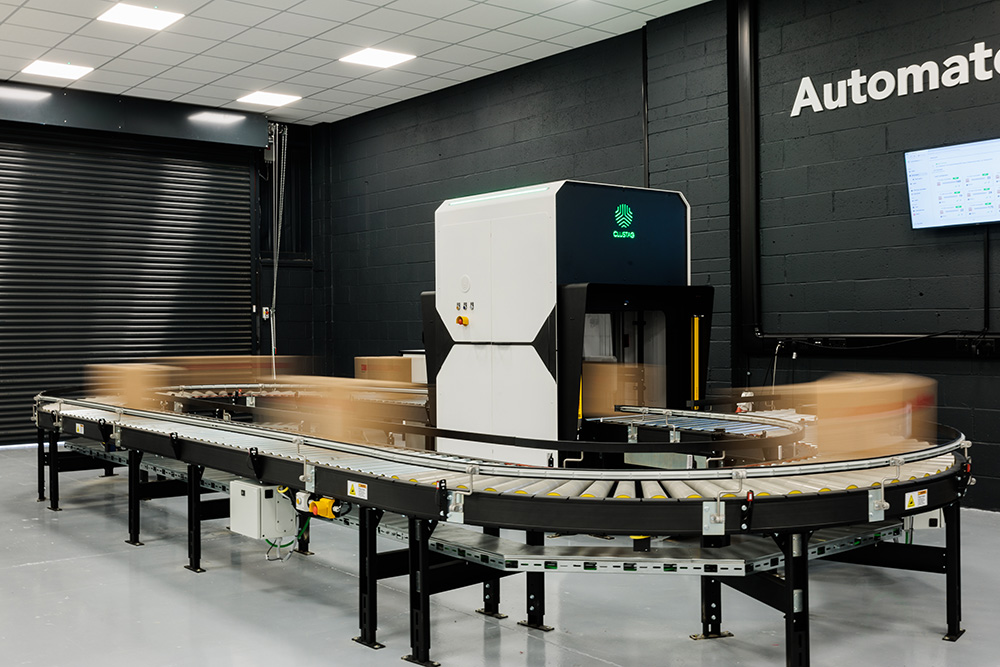
Ultimately, RFID-based inventory management solutions have proven to improve the customer experience and drive profitability, making them a smart strategic investment for retailers in an increasingly digitized era.


